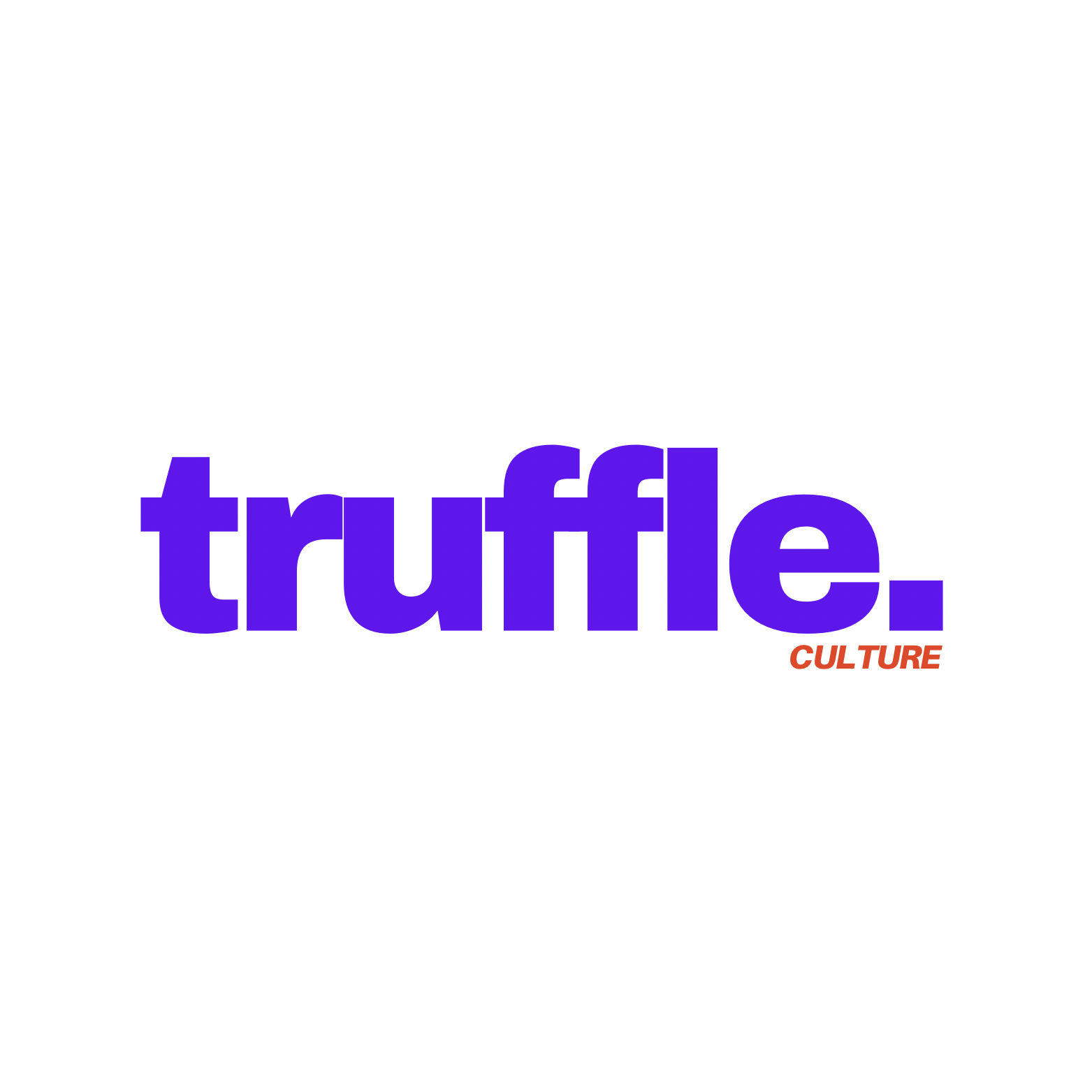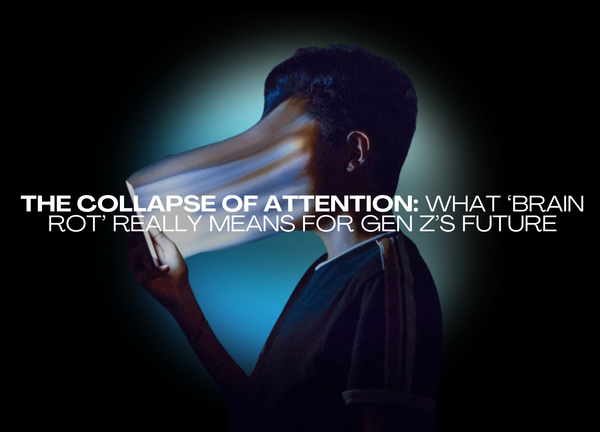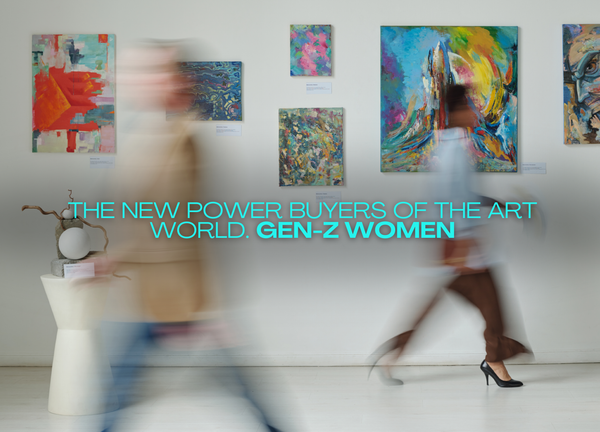Why OpenAI’s Sora 2 Proves the AI Race Is Moving Faster Than We Can Keep Up
OpenAI’s Sora 2 shows how fast the AI arms race is moving, redefining art, identity, and culture in real time.
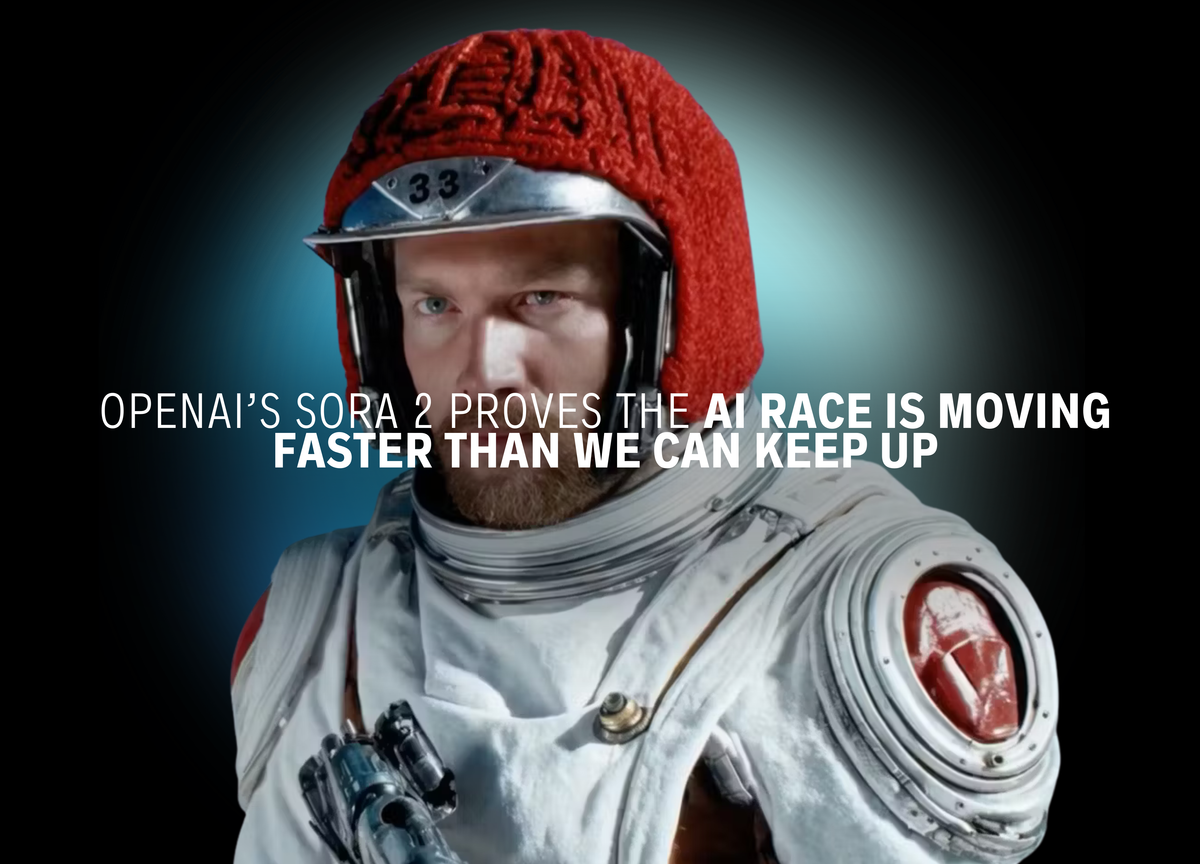
Sora 2 Launch: What OpenAI’s New AI Means for the Future of Creativity and Identity
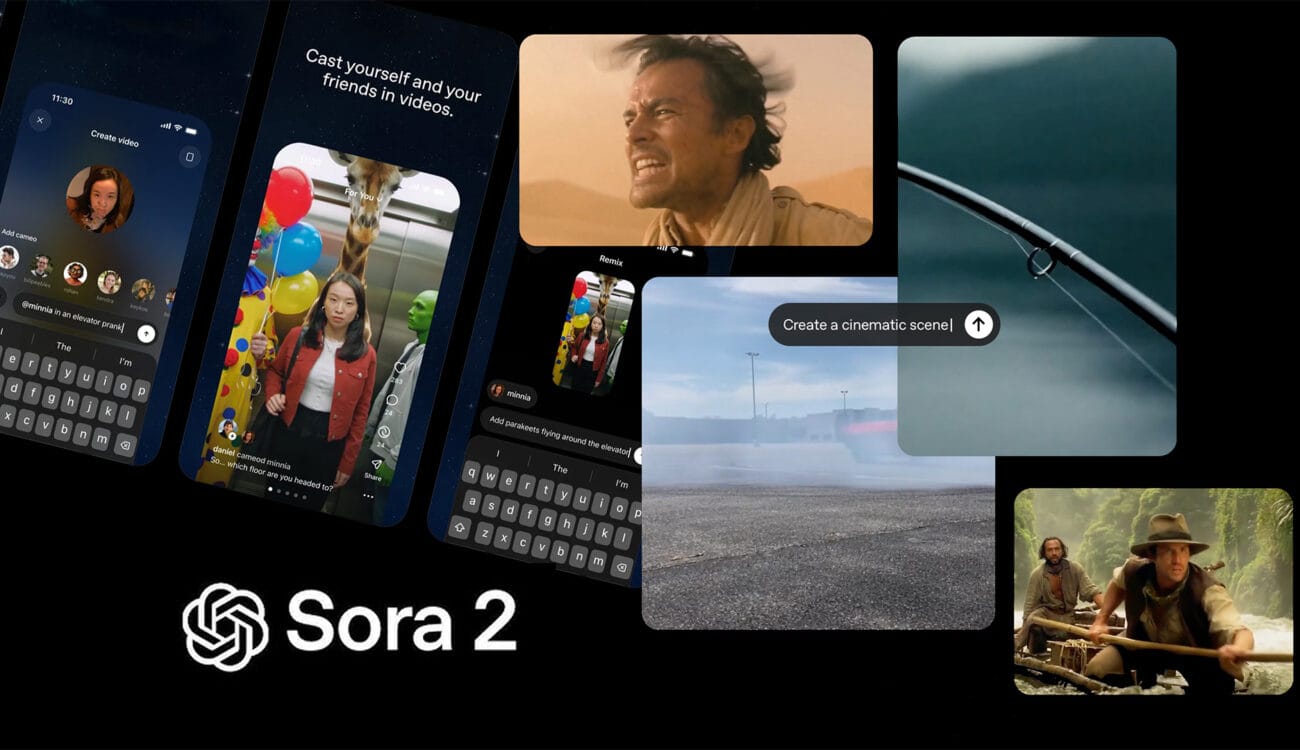
When OpenAI unveiled Sora 2 this week, it wasn’t just another upgrade in the endless cycle of tech launches. It felt like a cultural pivot — a moment when the blurred line between human imagination and machine simulation took another decisive step forward.
Sora 2 can generate moving images that obey the laws of physics, simulate voices and sound, and string multiple scenes together with cinematic flair. It even lets you insert your own face and voice into the film reel of its imagination. And OpenAI isn’t keeping this in a lab. They’ve built an app — simply called Sora — where users can scroll, remix, and share AI-made clips like TikToks of the near future.
This is not research slowly trickling into the world. This is AI arriving on your phone as fast as you can download an update.
Speed as the Story
The real headline here isn’t just that Sora 2 exists. It’s how quickly it exists. Barely a year ago, OpenAI called the first Sora “a GPT-1 moment for video” — a glimpse of what was possible, but clunky and limited. Now, in less than twelve months, we’re staring at a tool that mimics physics, understands style cues, and drops identity-based cameos into its clips.
The tempo of progress in AI has compressed from decades to months, from years to weeks. Each new model leapfrogs the last before the dust has even settled. Where once there was time to acclimatize, to reflect, to legislate, now there is only acceleration.
And so, the so-called AI arms race is not a metaphor for the future. It is our present reality.
Culture at the Crossroads
What does this mean beyond the lab notes and technical blogs? It means the texture of our culture is already shifting underfoot.
- Authenticity is on trial. If I can drop my likeness into a generated scene, what counts as “real”? Where does authorship begin and end?
- Creativity is being redefined. When anyone can conjure a high-polish video with a prompt, what happens to the craft of filmmaking, animation, or even storytelling itself?
- The feed is flooding. OpenAI’s choice to launch Sora as a social platform ensures that AI content won’t be a niche experiment; it will be the scroll you encounter every day. Are we ready for the deluge?
- Ethics are playing catch-up. Guardrails exist — no violence, no explicit content, regional limits — but history tells us these boundaries will be tested, bent, and broken as millions join in.
This isn’t just a technological sprint. It’s a cultural reckoning.
Yesterday’s Fiction, Today’s Baseline
Not long ago, a machine capable of directing a scene, maintaining continuity, and rendering a character’s likeness felt like a distant dream — the stuff of science fiction. Now it’s an app invite. Tomorrow, it will be a baseline expectation.
We have to stop talking about what AI might do, because it is already doing it. The arms race isn’t about preparing for a future moment; it’s about navigating the cultural upheaval of the present one
The question is no longer whether machines can create. It’s how — and how fast — culture, law, and human identity can keep pace.
At Truffle Culture, we see Sora 2 not just as a milestone in AI, but as a marker in the story of us — how quickly we adapt, what we choose to protect, and how our definitions of art, self, and truth evolve when the machines don’t slow down.
